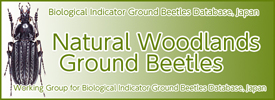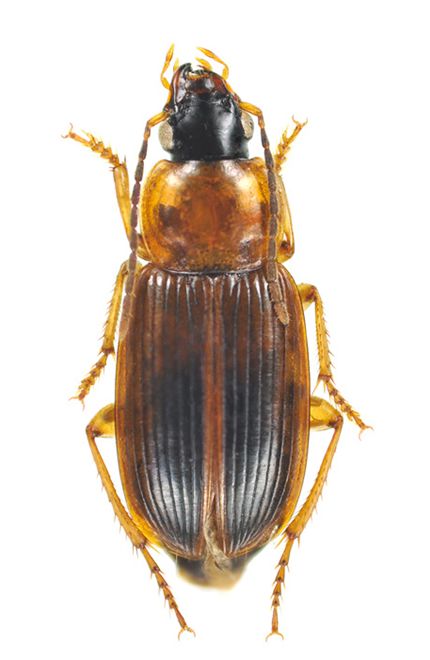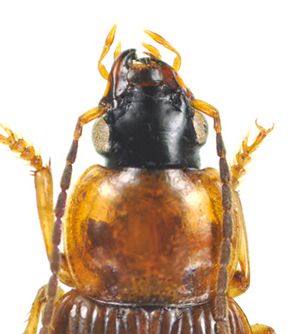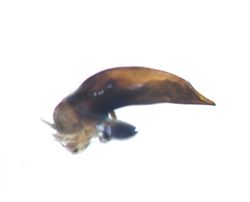| Ecology |
around paddy field (Inoue 1953c, Inoue 1973e, Habu and Sadanaga 1961, Yahiro 2007), upland field (Habu and Sadanaga 1961), captivated field and grassland (Inoue 1953c, Inoue 1973e), paddy levee (Inoue 1974c, Inoue 1975a, Inoue 1976a, Inoue 1977a, Inoue 1977e, Inoue 1978b), from flatland to low mountain area (Inoue 1977e), grassy waterside (Inoue 1977e), ponds (Inoue 1977e), bank (Inoue 1977e), wetlands (Inoue 1977e), firm field (Inoue 1977e), riverbed (Terada 1983), plantation of Larix leptolepis saplings (Higashi et al. 1983), coastal grassland covered with sweet briers (Higashi et al. 1983), bank (Togashi 1986), forest edge (Sunose 1992, Sunose and Kurosawa 1992, Hori 2001), fallow field (Sunose 1992, Sunose and Kurosawa 1992), fig orchard (Ishitani and Yano 1994, Ishitani 1996), beach (Shiyake 1999), mountain (Hosoda 2000), forest (Hosoda 2000, Hori 2008), grassland (Hori 2001), park forest (Hori 2003), woods (Hori 2003), adult (Inoue 1953c, Habu and Sadanaga 1961, Inoue 1973e), first instar larvae appear from May to June in our breeding room (Habu and Sadanaga 1961), from middle May (Inoue 1953c), seeds of Gramineae (Inoue 1952e), small insects (Inoue 1953c), Trametes versicolor (Inoue 1953c), seeds of Brassica rapa (Inoue 1953c), seeds of wheat (Inoue 1953c), not phototaxis (Inoue 1973e), coming flying to the lights (Inoue 1973h), collected by light trapping (Inoue 1974c, Inoue 1975a, Inoue 1976a, Inoue 1977a, Inoue 1978b, Yahiro 1997, Yahiro 2007) |
 |
| 






